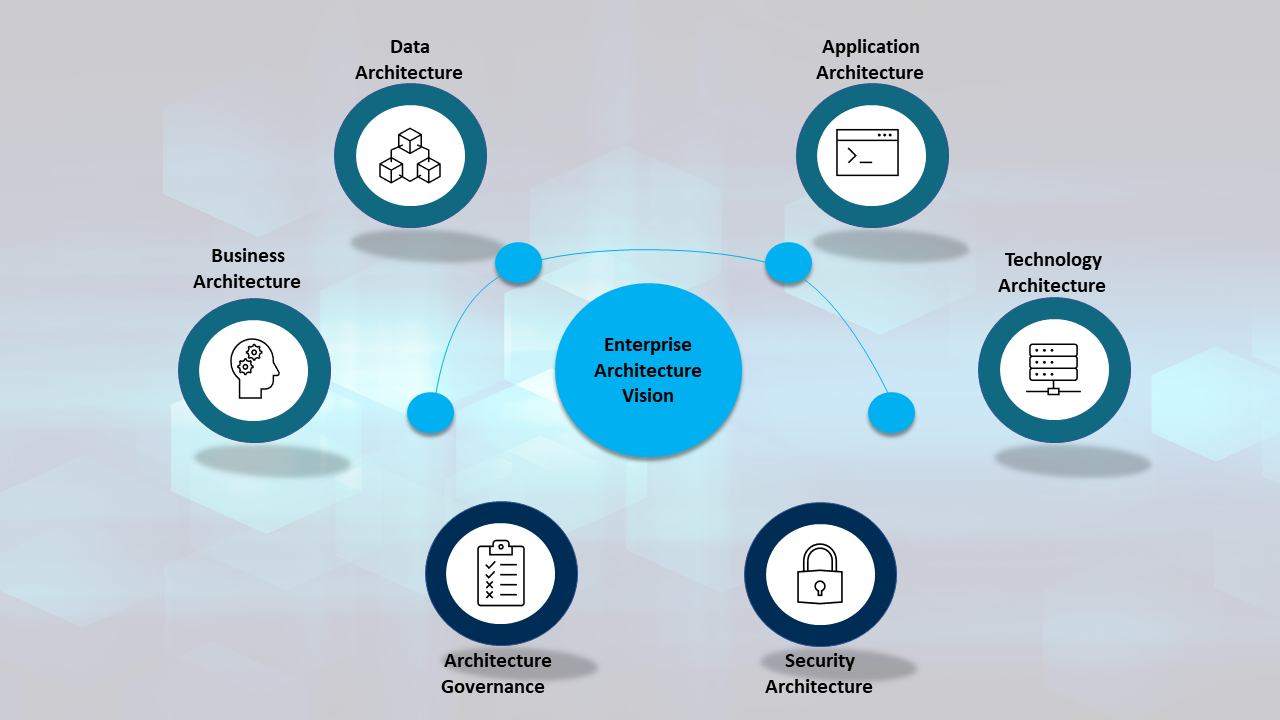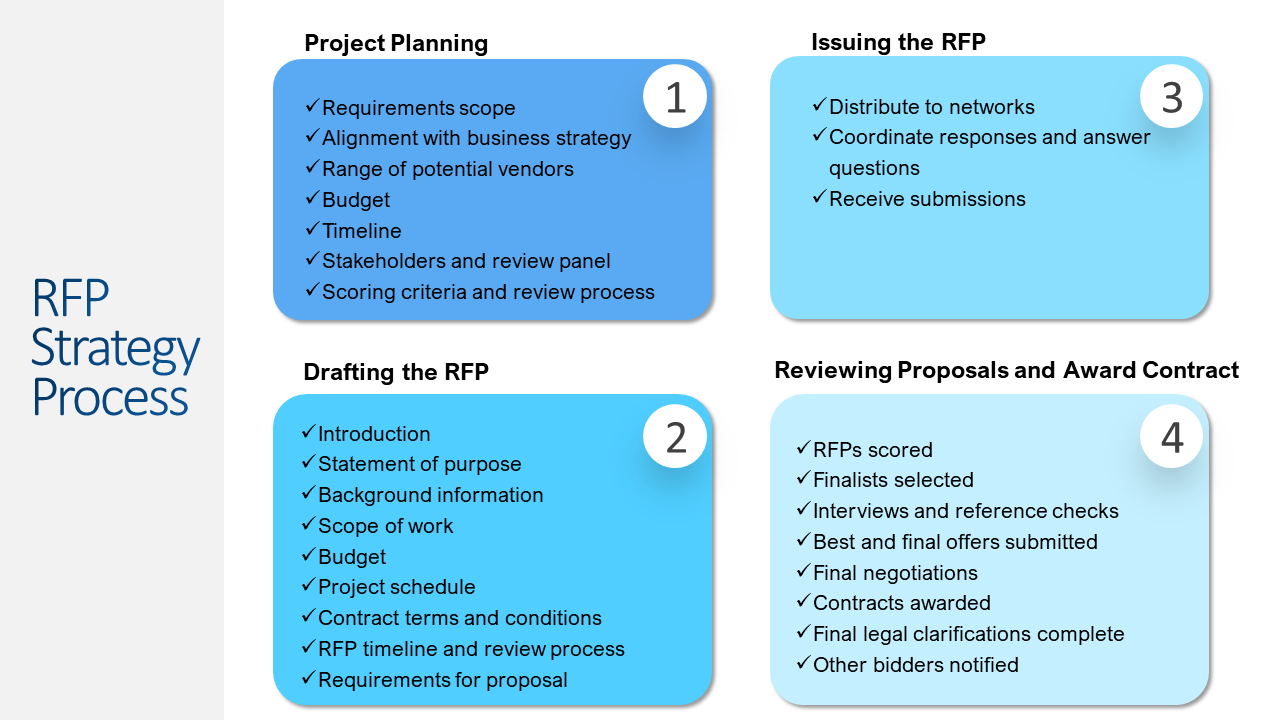Business Process Management Services
Implement BPM to actively manage your business processes with the help of Interfacing’s BPM Professionals. Get advice from our consultants now!What is Business Process Management?
There are many different definitions and interpretations of Business Process Management (BPM). Unfortunately, many of these interpretations are using the term BPM as synonymous with:
- Process Automation or
- Process Improvement
While BPM includes these capabilities, it is not restricted to solely either or both of them. Rather, BPM should be seen as a management discipline to assist organizations to better understand and control their business processes. BPM aims to improve a business process from end to end by analyzing it, modelling how it works in different scenarios, executing improvements, monitoring the improved process and continually optimizing it.
In their book Fundamentals to Business Process Management, Marlon Dumas, Marcello La Rosa, Jan Mendling, Hajo A. Reijers define BPM as:
“…the art and science of overseeing how work is performed in an organization to ensure consistent outcomes and to take advantage of improvement opportunities. In this context, the term “improvement” may take different meanings depending on the objectives of the organization.”
Gartner defined Business Process Management as:
“a discipline that uses various methods to discover, model, analyze, measure, improve and optimize business processes. A business process coordinates the behavior of people, systems, information and things to produce business outcomes in support of a business strategy.”
While BPM’s overriding objective is to improve the efficiency and effectiveness of an organization’s business processes, it is not just about applying one method and approach over another. Instead, BPM is an organization’s journey to:
- Discover and understand its business processes
- Measure and learn how well they currently operate
- Decide where they are meeting the strategic and operational needs of the organization
- Determine what improvement can be made to better meet the organization’s needs.
Not surprisingly, it is possible to undertake a BPM program without the use of any technology, but that is neither the most effective or best way to do so. Interfacing’s Enterprise Process Center has been designed from the ground up, to facilitate and deliver on all the objectives of BPM programs.
Avoiding ‘failure to launch syndrome’
There are many reasons as to why organization leaders have not embarked on BPM program, some of the more common are:
We don’t know where to start:
The answer to this question is very simple, anywhere. You do not and probably should not do the whole organization at the one time. Choose a small area in which to undertake a proof of concept as the starting point and allow the organization to build confidence in how BPM helps improve your organization.
We cannot afford the disruption that a BPM program will bring to our organization:
A properly designed BPM program should only cause minimal impact, if any, on the organization. The program should be cognizant of the business process lifecycles and the nature of any seasonality that impacts the organization. Plus, you should break-down the program in to bite sized chunks. For example, retailers would not launch a new IT system or organizational change during the holiday season, so why would you launch a BPM program at this time.
We cannot afford the cost of running a BPM program:
Calculating the return on investment can seem to be difficult, because there will be savings that are directly related to the processes be managed and improved, but there will also be indirect savings as well as qualitative benefits delivered. Organizations will benefit from just defining and documenting their processes even before they begin measuring process performance and then improving them. A recent Gartner BPM study found organizations adopting BPM are much more likely to achieve their desired business outcomes and 80% of organizations conducting BPM programs achieve an internal rate of return better than 15%.
There is nothing wrong with our processes, they are just fine:
This may well be true, but does your organization have all your processes:
- Documented?
- Conformance to the Processes measured and reported?
- Performance measured and reported, including process efficiency and effectiveness?
- Prioritized for potential improvement or automation?
If the answer to any or all these questions is no, then you cannot know how well your processes are performing, whether they need to improved or automated.
Benefits

Simplified Operations
Conducting a BPM Program will lead to end to end business processes that have been documented, analyzed, executed, measured, simplified, improved, optimised and potentially automated. All the details of how to perform the process should be at the finger-tips of employees and contractors.
Reduced Risks
Improved Predictability
Ensuring business processes are as effective and efficient as possible means that unexpected errors should be eliminated or at worst significantly reduced. The means performing these business process should result in improved consistency and predictability.
Enhanced Process Consistency
In addition to improved predictability, business processes will be performed with a reduction in errors occurring during the execution of each process. This will drive enhanced consistency across not only the individual processes but also the end to end processes.
Lower Costs
An additional beneficial outcome from simplifying operations will be a lowering of process costs. This is achieved by removing waste and non-value adding activities within each process.
Superior Quality and Brand Protection
Following on from the simplifying operations, improved predictability and enhanced consistency are more effective processes that consistency better outcomes. These better outcomes will lead to better quality outcomes for customers and partners. This will also lead to increased positive customer and partner perception of the organization’s brand.
Methodology
The most common approach to conducting a BPM program is based on 5 steps:

1. PLAN
The first step, Plan, in the BPM method is used to determine the scope of the planned BPM program to be undertaken. The scope can be performed multiple different ways as each organization will have their own specific context and circumstances.
However, the two most common ways are to take a functional or team-based approach or an end to end process approach. While both have pros and cons, using an end to end process approach ensures you analyse and design a complete set of processes that deliver business outcomes.
Using a functional or team-based approach runs the risk of missing something that occurs when processes are handed off between functions.
2. DESIGN
This step, Design, covers both identifying and redesigning existing processes and the design of future processes. Design will address:
- Individual processes within the scope end to end processes to determine the right activities needed and the applications and information required to deliver the outcomes of expected of each process
- The overall flow within the end to end processes to reduce hand-offs between roles / teams and to eliminate or significantly reduce process failures
- Address the relevant competition, market, regulative and legislative business challenges that may arise during the execution of the process
- Appropriate alerts, escalations, notifications, service level agreements within individual processes or across the process within the end to end process.
Outcomes of this step will include documented re-designed business process including process maps, process key performance indicators (KPI’s) with proposed target, standard operating procedures and work instructions.
Process documentation also incorporate details of proposed process improvements, including delivering improvements to the process flows for human-to-human, human-to-application or application-to- application.
3. MODEL
Model, takes the outputs of the Design step and uses this information to model various scenarios to identify how changes to inputs impact process. This may also involve undertake simulations of the process to understand the impact of changing constraints, such as on changes to its inputs or costs.
For example, modelling changes to process volumes or input materials costs, will assess how the process might operate under different situations. It also allows evaluation of changes to organization objectives, such as “What is the impact of an unexpected 50% drop in orders” or “What can I do to reduce the unit by 20%”.
4. EXECUTE
Execute, involves implementing and performing the processes designed in Step 2 using the knowledge gained from the modelling of processes and their constraints in Step 3. Processes can be executed manually or be automated.
5. MONITOR
Monitor, encompasses measuring and reporting of the performance KPI’s for both individual processes and end to end processes against their set performance targets. These KPI’s can cover different measures for process effectiveness, efficiency, service level and customer experience. For example, cycle time, error rate, resource effort,
The approach required to measuring performance KPI’s will largely depend on the type of KPI and the availability of information needed for measurement. It may be necessary to collect data needed to calculate the performance KPI. This data collection and calculation will depend on the context and circumstances of individual organisations. In some organisations, this may be a manual or partially manual process, but in most situations it will be automated.
6. OPTIMIZE
Optimize, involves analysing the process performance to identify processes that are not meeting their performance targets or the organisation is looking to change. These changes can be driven by many different external and internal influences.
External influences can be due to changes in:
- Legislation or regulations
- Requirements from Suppliers or Partners
- Requirements from Customers.
Internal influences can be due business stakeholders looking to:
- Reduce process costs
- Reduce process cycle times or effort
- Improve customer experience.
Process optimization will look to identify potential or actual bottlenecks, as well as potential opportunities for cost savings or other improvements. Use of process mining tools can assist in discovering critical activities and bottlenecks, to help improve business value. The outcomes of Optimize will be improvements and enhancements to the design of processes, including potential automation of all or part of the process.
Deliverables
1. PLAN
Typical deliverables from the Plan step are:
- Scope of processes to be covered, including a draft process framework and process architecture
- Inventory of existing process documentation, including Process maps, standard operating procedures and work instructions
- Inventory of existing process metrics in use, including current and past performance
- Definition of the process documentation to be produced during the Design step, including process mapping standards, information to be collected and document and report templates
- Detailed Plan for Design step (with resources, schedule, impacts and risks)
2. DESIGN
Typical deliverables from the Design step are:
- Repository of documented Processes, which will include process maps, process definitions, performance metrics, roles and responsibilities, risks and controls
- Business Requirements for any proposed Application Changes
- Business Requirements for any proposed Process Automation
- Detailed Plan for Model step (with resources, schedule, impacts and risks)
- Updated high-level Plan for Execute, Monitor and Optimize steps
3. MODEL
Typical deliverables from the Model step are:
- Draft Process Performance Targets, covering service levels, efficiency, effectiveness and customer experience
- Draft Resource Models based on expected process effort and volumes
- Detailed Plan for Execute step (with resources, schedule, impacts and risks)
- Updated high-level Plan for Monitor and Optimize steps
4. EXECUTE
Typical deliverables from the Execute step are:
- List of Implemented Processes
- Report of Process Conformance
- Details of actual Process Performance
- Detailed Plan for Monitor step (with resources, schedule, impacts and risks)
- Updated high-level Plan for Optimize step
5. MONITOR
Typical deliverables from the Monitor step are:
- Dashboards and Reports of actual versus target of Process Performance
- Detailed Plan for Optimize step (with resources, schedule, impacts and risks)
6. OPTIMIZE
Typical deliverables from the Optimize step are:
- List of Process Improvements completed
- Details of redesign Processes
- Details of updates to the Process Repository, including updates to process maps, process definitions, performance metrics, roles and responsibilities, risks and controls
- Business Requirements for any proposed Application Changes
- Business Requirements for any proposed Process Automation
Why Interfacing?
Interfacing has been working with our customers to conduct BPM Projects for more than 25 years. Whether improving processes to balance out risk and return, or your organization is looking for help to analyse current processes that use documentation, Interfacing experts are on hand to assist with analizing, defining and modeling to prioritize opportunities and issues that provide complete reporting and support for a strong BPM strategy and roadmap.
Enterprise Architecture Services
Professionals at Interfacing can help you and your organization implement the right Enterprise Architecture for your industry and business.
Business Architecture Services
Interfacing can help your organization design and implement the right Business Architecture strategy and design for your organization’s architecture practice.
RFP Strategy Development
Interfacing Consultants have extensive experience with:
- Conducting RFPs and responding to RFPs.
- Identifying and defining the scope of key projects,
- Identifying business requirements and selection criteria
Read Our Blogs
Take a moment to read blogs about GXP, Regulatory Compliance, today’s trends, and much much more!
Discover how we helped other companies succeed


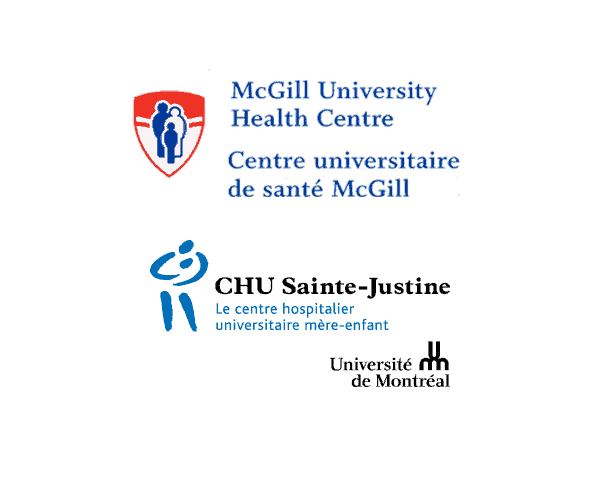




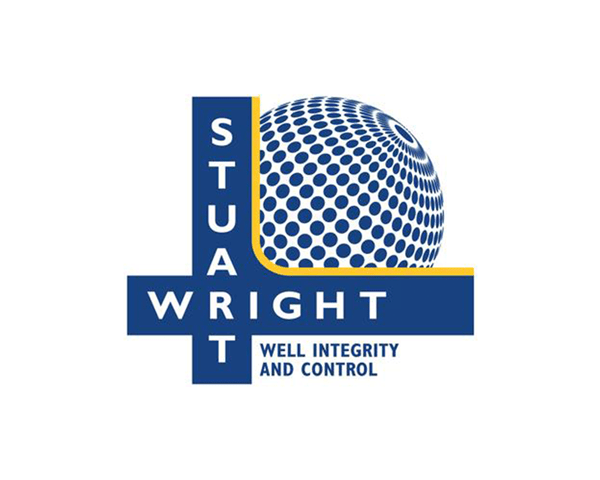


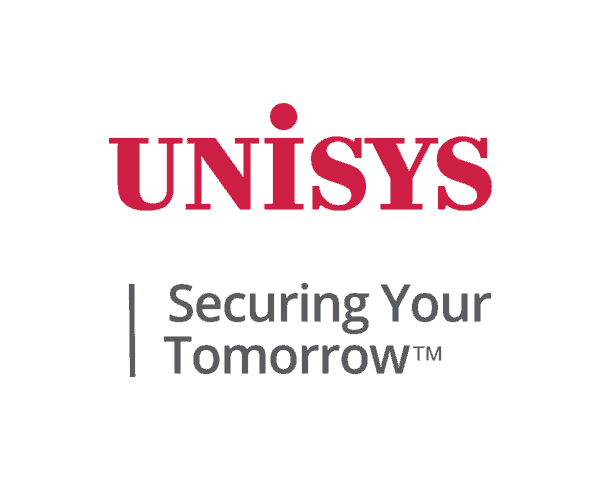




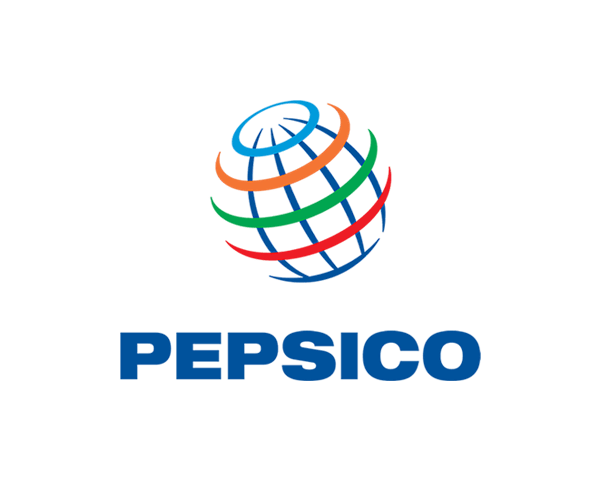
Contact us Today for a Free Consultation!
If you are interested in our Business Process Management services, please contact us today for a free consultation. We will assess your current situation, identify your needs and goals, and propose a customized solution for you. We look forward to hearing from you and helping you with your BPM project.
